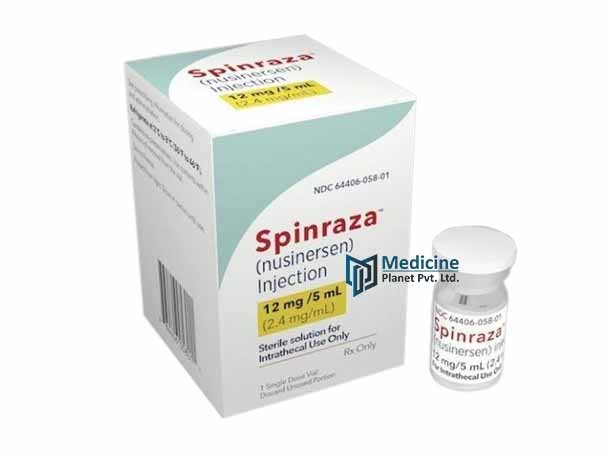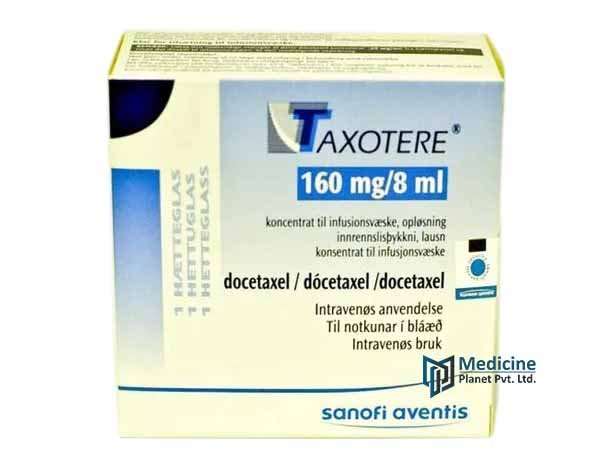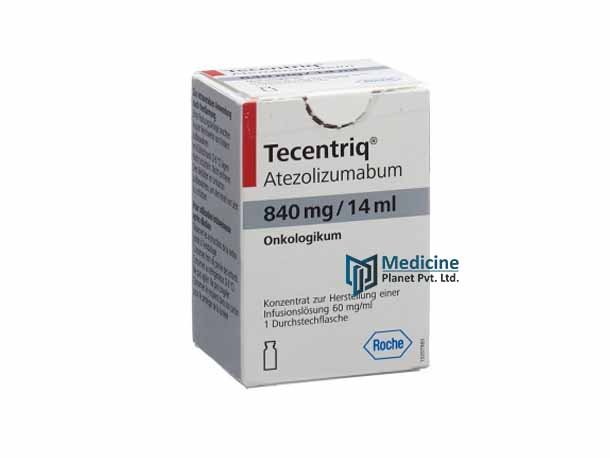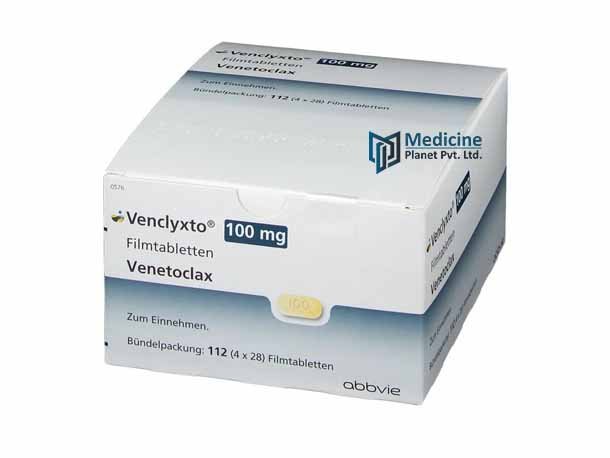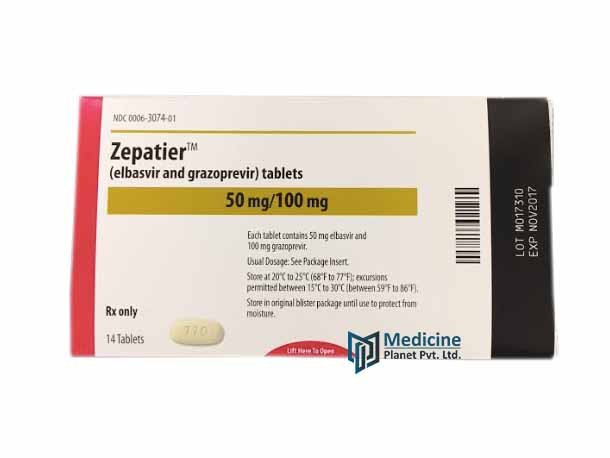Showing 13–21 of 21 results
-
-
-
-
Venetoclax
Point to Note
If the drug has been used to treat a certain ailment, doctors may choose to use this drug itself to treat other problems as well if they feel that it might be effective.
How is Venetoclax Taken?
- These tablets are to be taken orally. The maximum starting dosage recommended is 20mg daily for 7 days. This should be followed by a ramp-up weekly dosage schedule ensuring that the daily recommended dosage of 400mg is maintained
- Venetoclax is to be taken orally daily only once with water while having a meal
- Taking Venetoclax causes side effects. That may necessitate adjusting the dosage accordingly
- The medicine should be taken exactly as prescribed by the doctor
- Venetoclax tablets must be swallowed whole. They should never be crushed, broken, chewed or dissolved
- Taking Venetoclax should never be stopped and neither should the dosage be changed
- Venetoclax should be taken at the same time daily. If any dose is missed by less than 8 hours, it should be taken right away. If it has been more than 8 hours, the next dose should be taken at the usual time skipping the dose that has been missed
- One should never take more than 1 dose of Venetoclax at one single time. The health care provider should be called immediately in case of excessive consumption
- Patients should avoid taking grapefruit juice, grapefruit, Seville oranges, or starfruit when on Venetoclax.
-
Xarelto 20 mg Tablet
Xarelto 20 mg Tablet is a blood thinner (anticoagulant medicine) medication that falls in the group of factor Xa inhibitors. It contains very negative effects, causing harmful blood clots and hindering risky conditions like stroke, deep vein thrombosis (DVT), and pulmonary embolism (PE). This drug, Rivaroxaban, acts by preventing one of the factors that help in clotting in blood, resulting in a smooth flow of blood in the vessels.
-
Xeloda 500 mg Tablets
How Should you Take Xeloda Tablets?+
Xeloda 500 mg tablets are to be taken with some light food within 30 minutes of having taken a meal. It is the doctor’s decision that decides the dosage and the frequency at which it is to be taken. It is recommended that the medicine be taken exactly as prescribed by the doctor. Not doing so shall cause severe side effects. One shouldn’t stop taking the medicine even though it takes a long time before the benefits start showing.
Point to Note
Xeloda is likely to reduce the blood cells count in the blood making the patient vulnerable to infections. That’s why, it’s necessary to have regular blood tests done along with tests of the heart, liver, blood, and level of uric acid.
The Common Side Effects
While most of the side effects subside with time, a doctor should be consulted if they persist. The common side effects are-
- Vomiting
- Weakness
- Diarrhea
- Nausea
- Blisters on fingers/feet
- Abdominal pain
Conditions under Which Xeloda Shouldn’t Be Taken
- Pregnancy
- Breastfeeding
- A patient suffering from severe kidney and liver ailments
-



